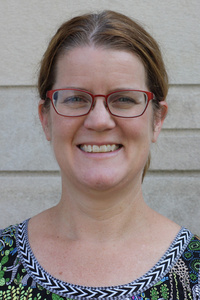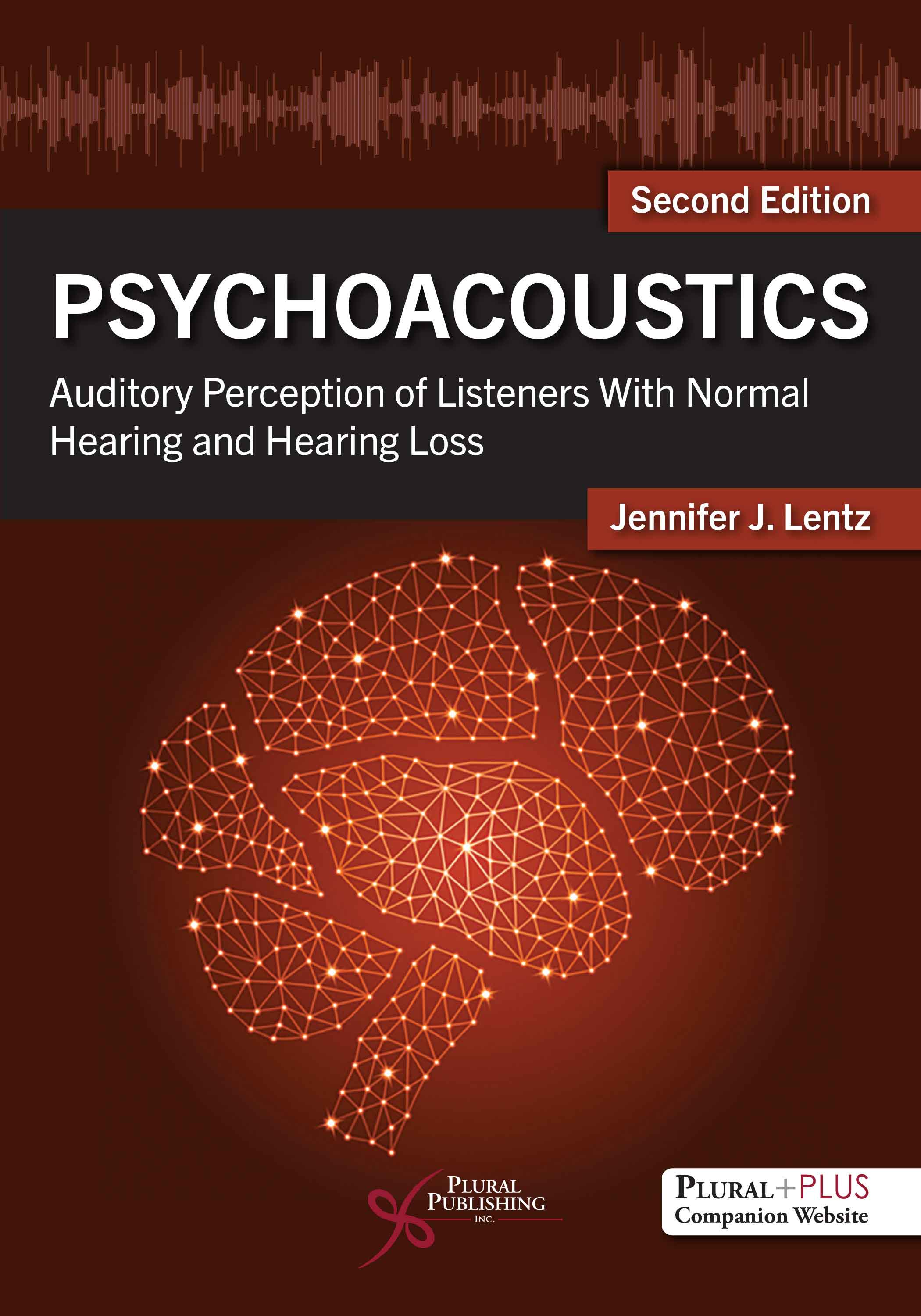
Psychoacoustics: Auditory Perception of Listeners with Normal Hearing and Hearing Loss
Second Edition
Jennifer J. Lentz
Details: 275 pages, B&W, Softcover, 7" x 10"
ISBN13: 978-1-63550-525-2
© 2025 | Available
For Instructors
Purchase
Psychoacoustics: Auditory Perception of Listeners with Normal Hearing and Hearing Loss, Second Edition provides an overview of the field of psychoacoustics, with a primary focus on auditory perception. The book retains its focus on applications of psychoacoustics to clinical audiology, and its modular organization, with each chapter including relevant information around a specific topic. Within each chapter, acoustics, physiology, and perception by adult listeners with normal hearing and those with hearing loss, as they relate to that topic, are presented.
The influence of hearing loss on these general auditory abilities is discussed in every chapter. Components of the book also include the role of psychoacoustics in audiological assessment and treatment. The text is ideal for audiology students who intend on having a clinical career and need an understanding of both normal and impaired auditory perception. It is intended to give students sufficient information to understand how the ear achieves auditory perception, what the capabilities of the ear are, and how hearing loss influences that perception. It also provides students with a foundation for further study in the area and to apply psychoacoustic principles to diagnostic audiology and audiological rehabilitation.
New to the Second Edition
- 70 new figures to clarify some points and facilitate students’ understanding of the material
- New chapter that focuses exclusively on the perception by individuals wearing hearing aids and cochlear implants
- New section on the perceptual consequences of sensorineural hearing loss on everyday listening added to each chapter
- Revamped chapter on Psychoacoustics and Advanced Clinical Auditory Assessment now solely addresses elements within diagnostic audiology that are based on psychoacoustics, with added content on tinnitus assessment, automated (Békésy) audiometry, retrocochlear and pseudohypacusis evaluation, and the identification of dead regions
- Enhanced focus on inclusivity, such as alternative versions of some demonstrations designed to be more accessible to individuals with hearing loss, and a new section on the contributions of women and BIPOC scientists to the field of psychoacoustics
Key Features
- Learning objectives and summaries begin and end each chapter to convey the goals of the text and review student comprehension
- Each chapter contains exercises designed to develop critical thinking about psychoacoustics
- Chapters include the following: introduction, relevant acoustics, important physiological studies, perception by normal-hearing listeners, and perception by listeners who have sensorineural hearing loss
- Emphasis on applied learning for more effective and efficient learning of the material
Plural Plus Online Ancillary Materials
For instructors: PowerPoint slides, Answers to lab exercises
For students: Labs
Reviews
"This edition of Psychoacoustics together with the companion website provides an excellent introduction to psychoacoustic concepts and principles, essential for a student of audiology."
– The Audiology Team at Flinders University, Audiology Australia (July 2024)
"The book is well structured and focused on a student’s reading experience rather than reference, and it prioritizes application of learning to help aid comprehension."
– Robert MacKinnon, in ENT & Audiology News (March 2025)
Introduction
Acknowledgements
Reviewers
Chapter 1. History
Learning Objectives
Introduction
Early Investigation of Perception
The Origins of Psychoacoustics
The Advent of the Telephone
Clinical Auditory Assessment
Pioneers in Auditory Perception: Women and Scientists of Color
References
Chapter 2. Estimating Threshold in Quiet
Learning Objectives
Introduction
Foundations of Absolute Threshold: Acoustics and Physiology
Measuring Thresholds
Auditory Thresholds in Adults
Summary and Take-Home Points
Exercises
References
Chapter 3. Estimating Thresholds in Noise (Masking)
Learning Objectives
Introduction
Acoustics: Noise and Filters
Physiological Factors
Introduction to Masking
The Critical Band and the Auditory Filter
The Excitation Pattern
Psychophysical Tuning Curves and Suppression
Masking by Fluctuating Sounds
Masking and Sensorineural Hearing Loss
Clinical Implications of Masking
Summary and Take-Home Points
Exercises
References
Chapter 4. Loudness and the Perception of Intensity
Learning Objectives
Introduction
Acoustics: Intensity and the Decibel
Physiological Representation of Stimulus Level
Loudness Perception
Calculating Loudness
Reaction Time as a Measure of Loudness
Intensity Discrimination
Effects of Sensorineural Hearing Loss on Loudness
Summary and Take-Home Points
Exercises
References
Chapter 5. Temporal Processing
Learning Objectives
Introduction
Temporal Resolution: Gap Detection
Temporal Resolution: Amplitude Modulation Detection
Temporal Masking
Comparison of Temporal Processing Measures
Temporal Integration
Effects of Sensorineural Hearing Loss on Temporal Processing
Auditory Neuropathy Spectrum Disorders (ANSD) on Temporal Processing
Summary and Take-Home Points
Exercises
References
Chapter 6. Pitch Perception
Learning Objectives
Introduction
Acoustics: Harmonic Complex Tones
Theories of Pitch Perception
Psychophysical Representations of the Place and Temporal Code
Pitch of Pure Tones
Pitch of Complex Sounds
Importance of Pitch Perception in Everyday Listening
Pitch Perception in Listeners With SNHL
Summary and Take-Home Points
Exercises
References
Chapter 7. Hearing with Two Ears
Learning Objectives
Introduction
Binaural Advantages to Detection and Discrimination
Localization in the Horizontal Plane
Sound Localization in the Median Plane
Lateralization
Binaural Unmasking
Impact of Sensorineural Hearing Loss on Binaural Hearing
Summary and Take-Home Points
Exercises
References
Chapter 8. Psychoacoustics and Advanced Clinical Auditory Assessment
Learning Objectives
Introduction
Dead Regions
Retrocochlear Assessment
Identification of Non-Organic Hearing Loss
Tinnitus Evaluation
Auditory Processing Disorder
Summary
Exercises
References
Chapter 9. Improving Auditory Perception for Listeners With Hearing Loss
Learning Objectives
Introduction
Conventional Hearing Aids
Cochlear Implants
Summary and Take-Home Points
Exercises
References
Glossary
Index
Psychoacoustics: Auditory Perception of Listeners with Normal Hearing and Hearing Loss, Second Edition comes with access to supplementary student and instructor resources on a PluralPlus companion website.
The companion website is located at: https://www.pluralpublishing.com/publication/pa2e
STUDENTS:
The student resources include Demonstrations (Audio Files) & Lab Exercises.
To access the resources, you must register on the companion website and log in using the access code located in the front of your textbook. If you purchased an eBook directly from Plural accessible on the Plural eReader, the resources are accessible within the Plural eBook.
INSTRUCTORS:
The instructor resources include PowerPoint Lecture Slides & Answers to the Exercises in the book. You will also have access to all of the student resources listed above.
To access the instructor resources, you must contact Plural Publishing, Inc. to be verified as an instructor and receive your access code.
Email: instructormaterials@pluralpublishing.com
Tel: 866-758-7251 (toll free) or 858-492-1555
*Note for students: If you have purchased this textbook used or have rented it, your access code will not work if it was already redeemed by the original buyer of the book. Plural Publishing does not offer replacement access codes for used or rented textbooks.
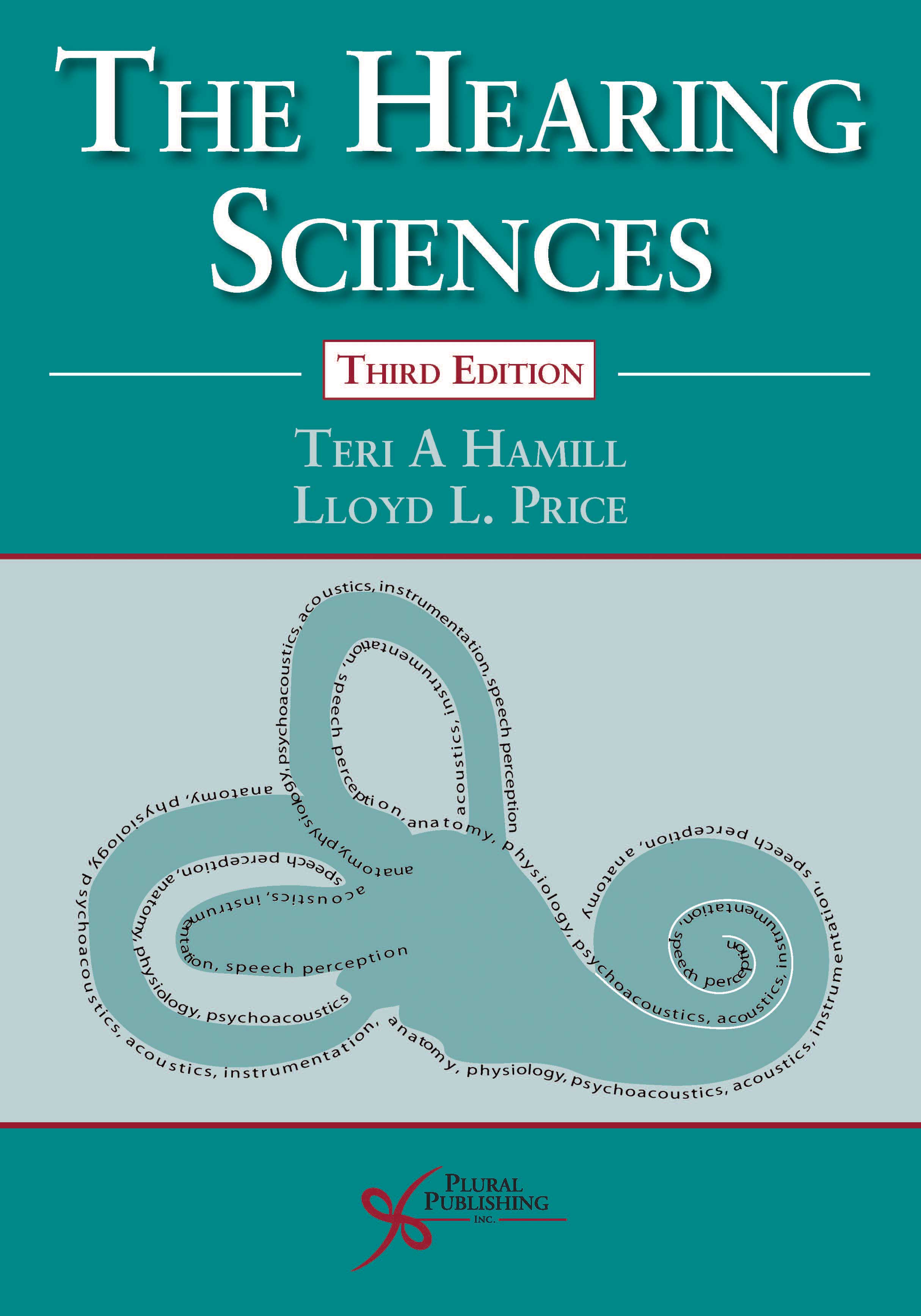
The Hearing Sciences
Third Edition
Teri A. Hamill, Lloyd L. Price
Details: 637 pages, B&W, Softcover, 8.5" x 11"
ISBN13: 978-1-94488-363-8
© 2019 | Available
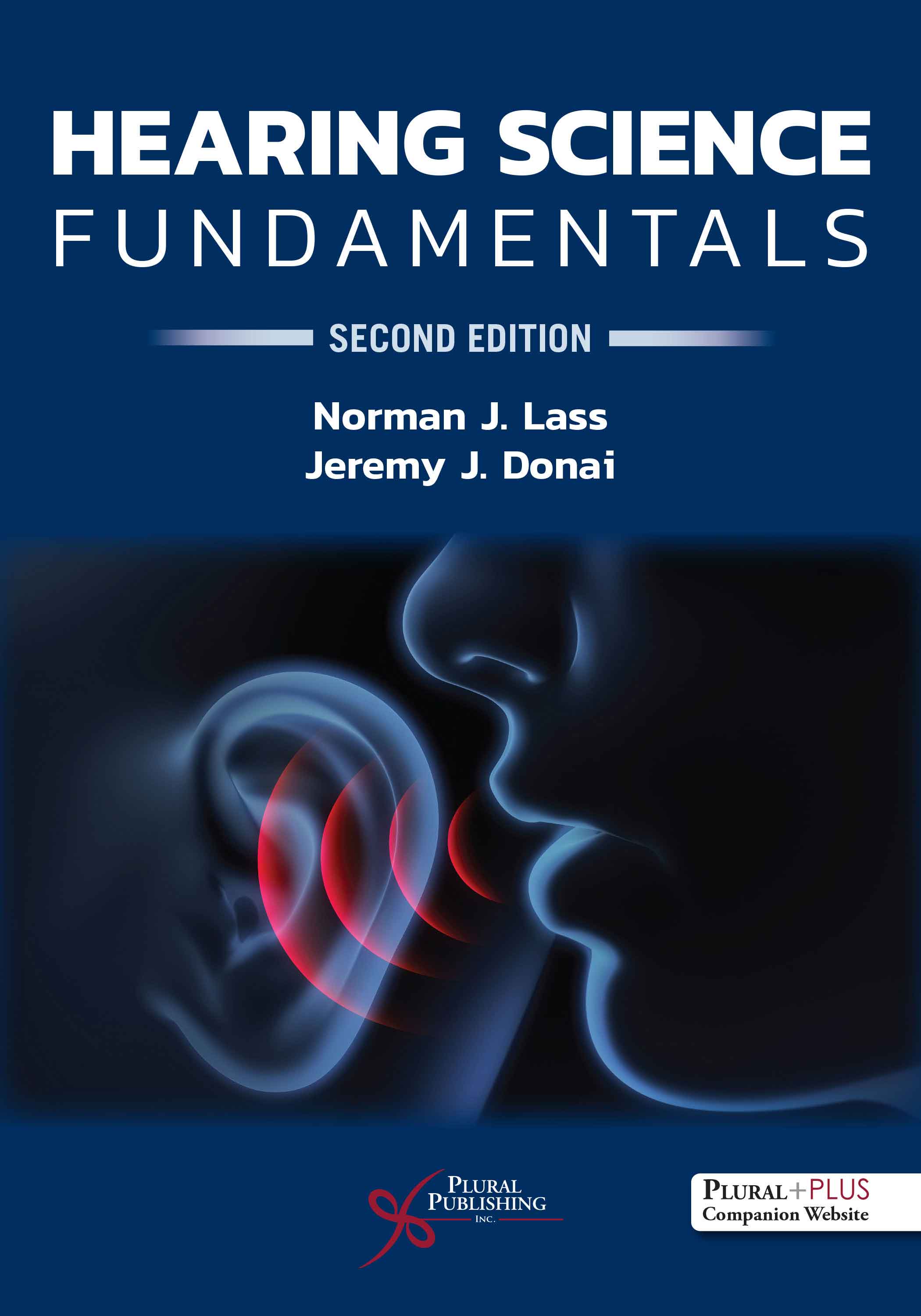
Hearing Science Fundamentals.
Second Edition
Norman J. Lass, Jeremy J. Donai
Details: 370 pages, 2-Color, Softcover, 7" x 10"
ISBN13: 978-1-63550-328-9
© 2023 | Available
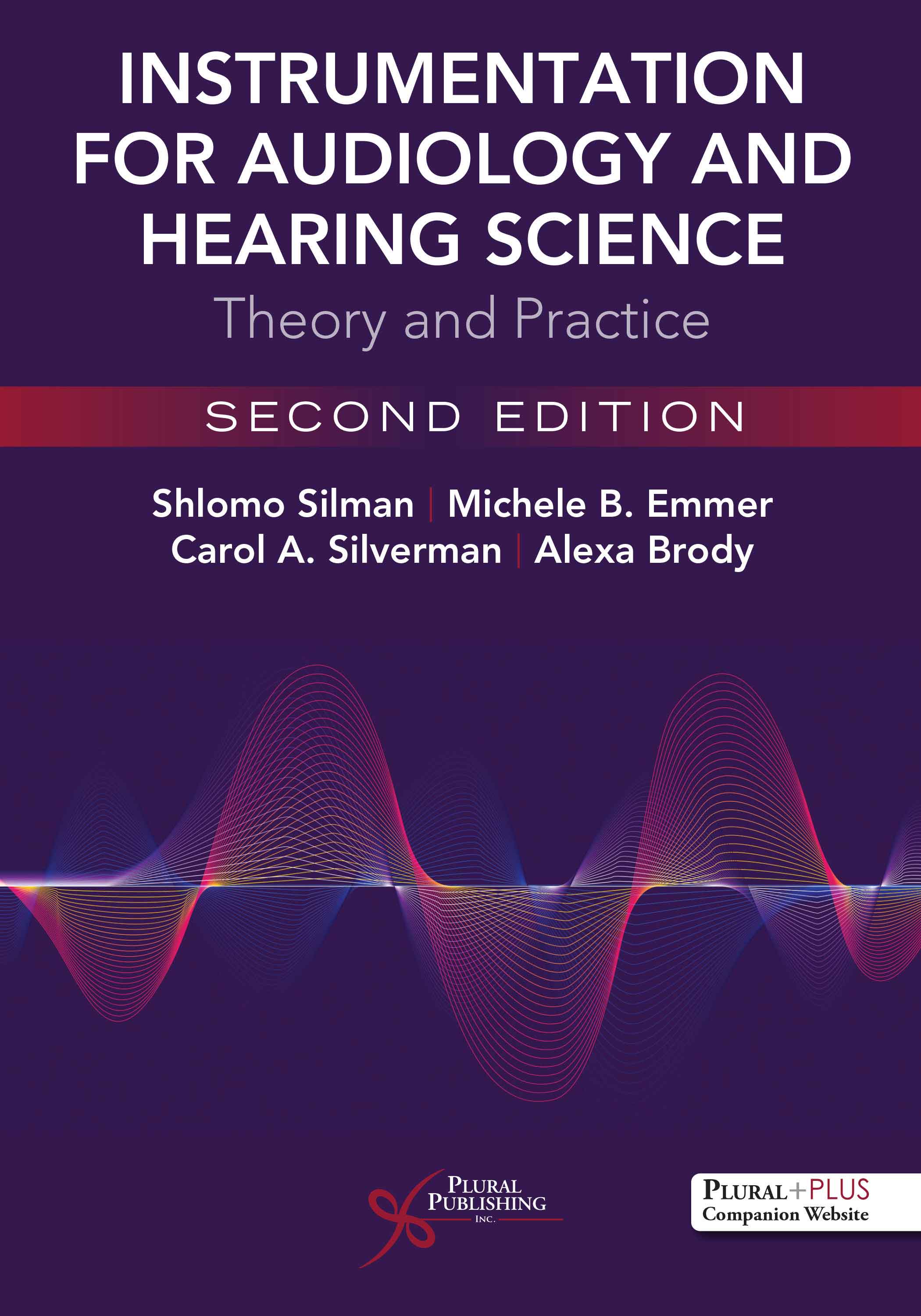
Instrumentation for Audiology and Hearing Science: Theory and Practice
Second Edition
Shlomo Silman, Michele B. Emmer, Carol A. Silverman, Alexa Brody
Details: 338 pages, B&W, Softcover, 7" x 10"
ISBN13: 978-1-63550-226-8
© 2023 | Available
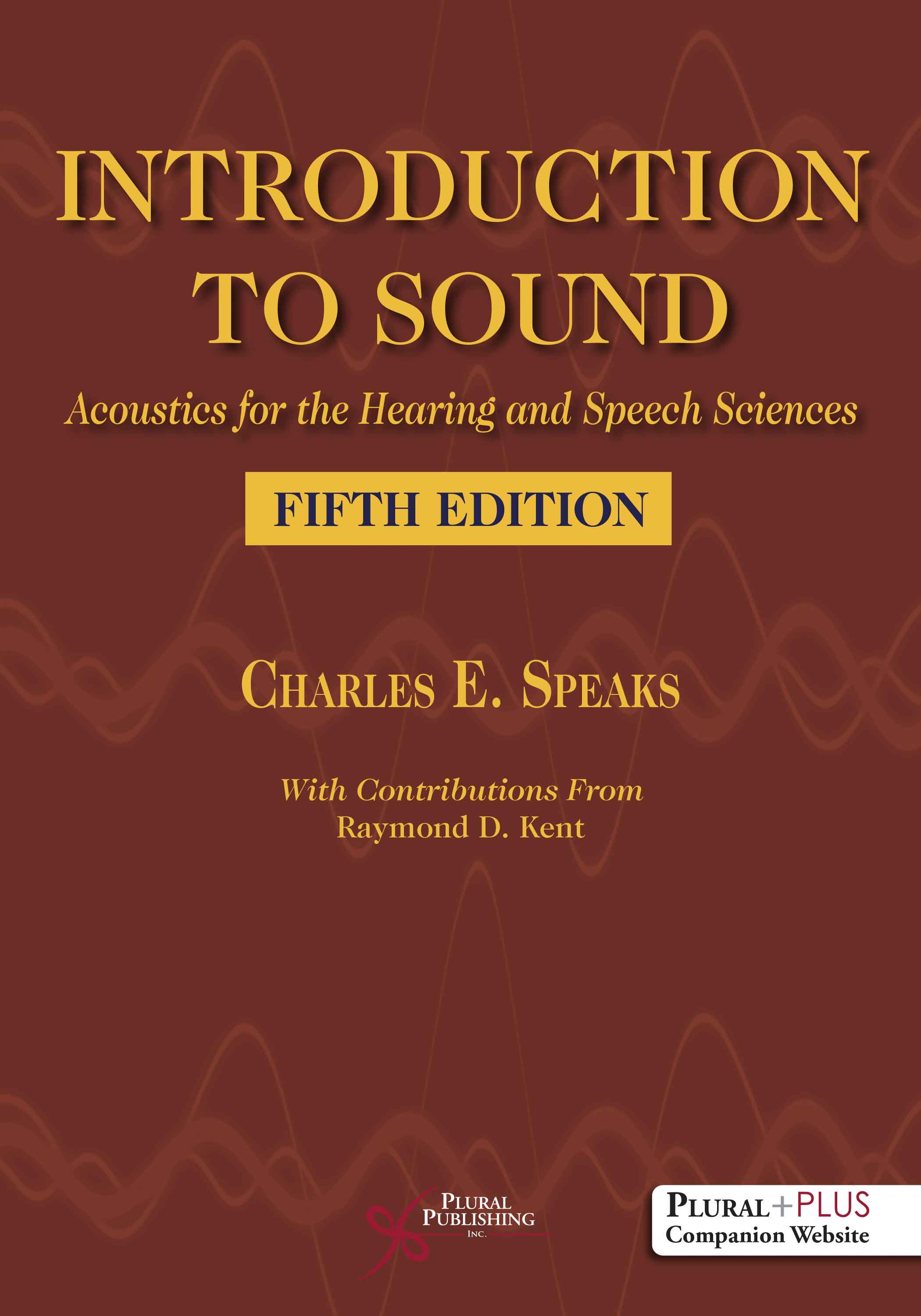
Introduction to Sound: Acoustics for the Hearing and Speech Sciences
Fifth Edition
Charles E. Speaks
Details: 460 pages, Two-Color, Hardcover, 7" x 10"
ISBN13: 978-1-63550-759-1
© 2026 | Available
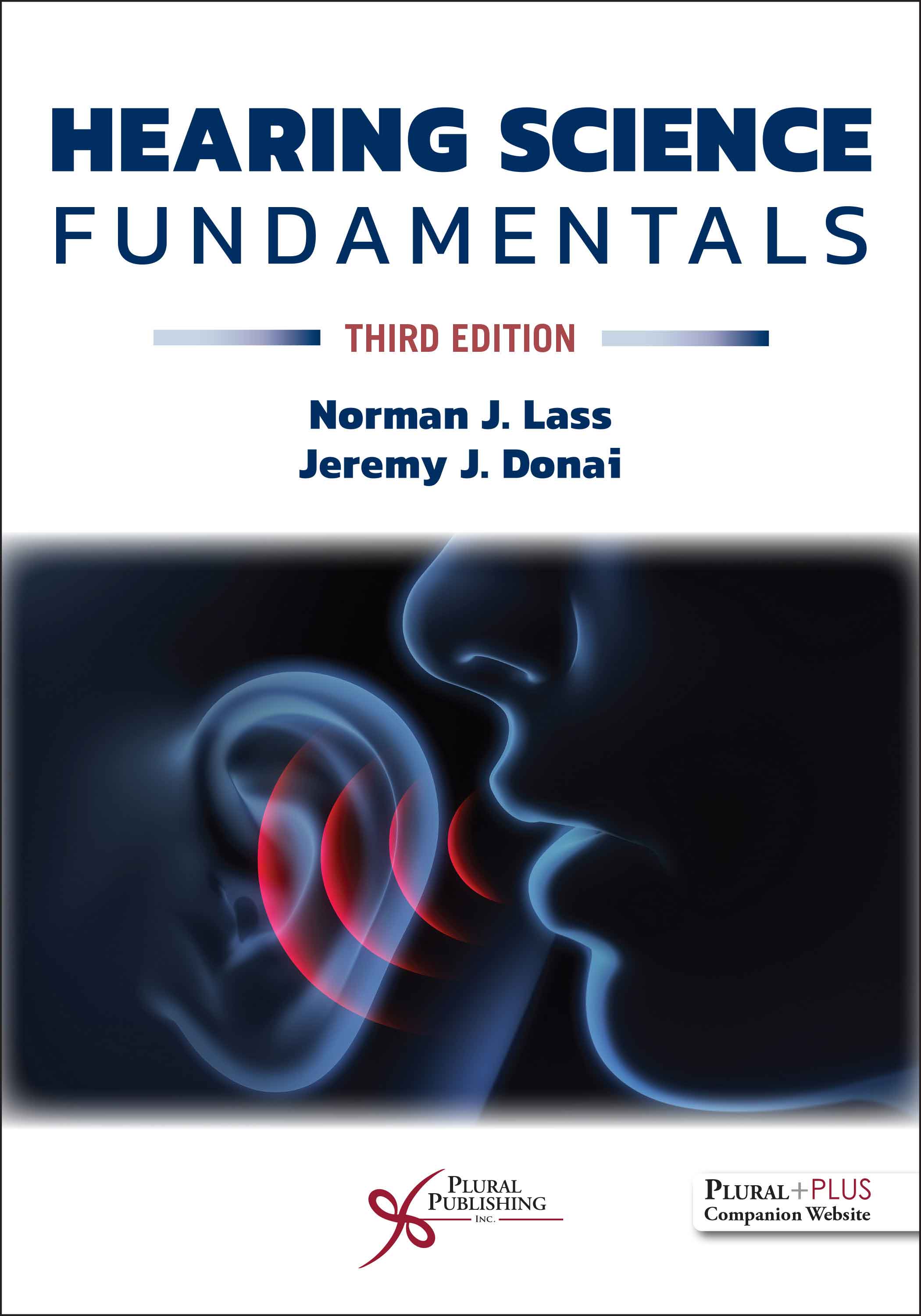
Hearing Science Fundamentals
Third Edition
Norman J. Lass, Jeremy J. Donai
Details: 374 pages, 2-Color, Softcover, 7" x 10"
ISBN13: 978-1-63550-772-0
© 2026 | Available

